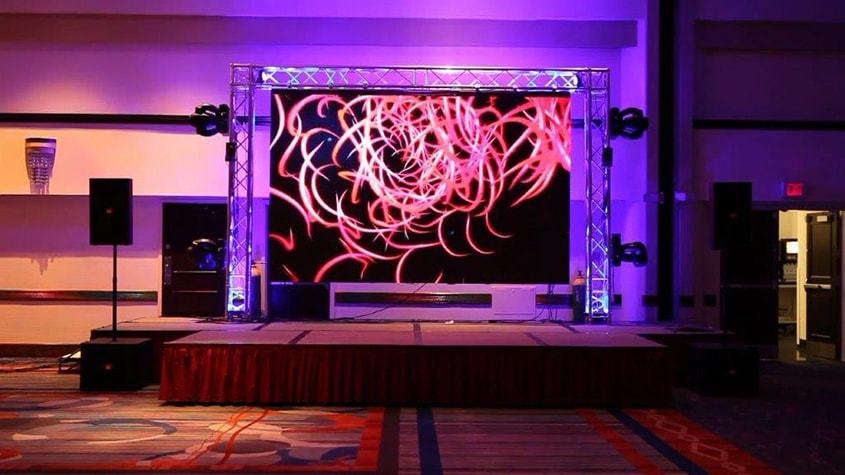Exploring the Durability of LED Display Panels in Contrast to Conventional Display Methods
Exploring the Durability of LED Display Panels in Contrast to Conventional Display Methods
Blog Article
LED wall screens have grown increasingly popular in current times, particularly in environments like schools, businesses, and public areas. These screens use light-emitting lights (LEDs) to produce vivid and vibrant images. One of the most significant benefits of LED innovation is its durability compared to traditional screen methods, such as CRT ray tubes (CRTs) and liquid crystal displays. Understanding the differences in duration and functionality between these technologies can help consumers make knowledgeable choices about their display needs.
Classic display methods, like CRTs, have been present for many decades. They were frequently used in televisions and PC monitors. However, CRTs have a shorter duration, typically lasting approximately 10,000 to 20,000 hrs of operation. This means that after a couple years, consumers may notice a decline in image quality, such as fading or hue distortion. In comparison, LED panel panels can last considerably longer, frequently exceeding 50,000 hours. This prolonged lifespan means that users can experience consistent performance without the requirement for regular replacements.
Another important aspect to consider is power conservation. LED wall panels utilize less power than conventional displays, which not only benefits the environment but also reduces power expenses. For example, while a CRT monitor may consume around 100 watts of energy, an LED screen can consume as little as 30 to 50 watts. This discrepancy in power consumption contributes to the total durability of LED technology, as lower energy consumption generates minimal heat. Excess heat can damage electrical components, resulting to a reduced duration for traditional displays.
In furthermore to their extended duration and energy efficiency, LED panel screens also provide enhanced image clarity. They offer brighter colors and better differentiation, making them perfect for various applications, from advertising to learning displays. The innovation behind LED panels allows for a broader sight perspective, meaning that images stay clear and lively even when seen from the flank. This is a major benefit over traditional displays, which frequently experience from hue deformation and reduced brightness at wider angles.
In summary, the longevity of LED wall panels in contrast to conventional screen methods is a crucial factor for consumers to take into account. With durations that can surpass 50,000 hrs, energy efficiency, and enhanced visual quality, LED technology offers many advantages. As innovation continues to progress, LED panel panels are likely to become even more prevalent in various environments. Grasping these distinctions can assist people Look At This and organizations make better choices when investing in screen innovation, ensuring they receive the optimal worth for their requirements.